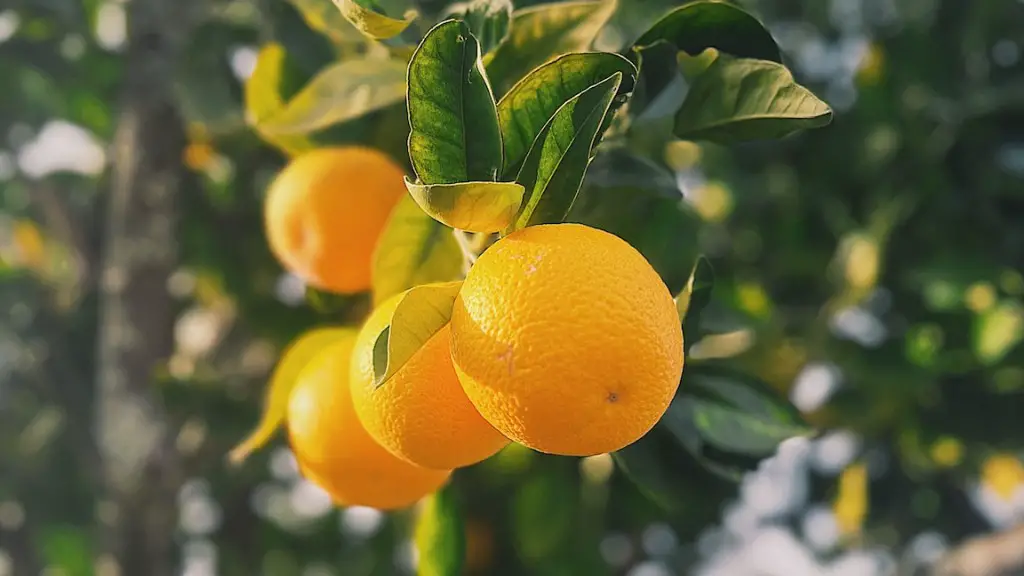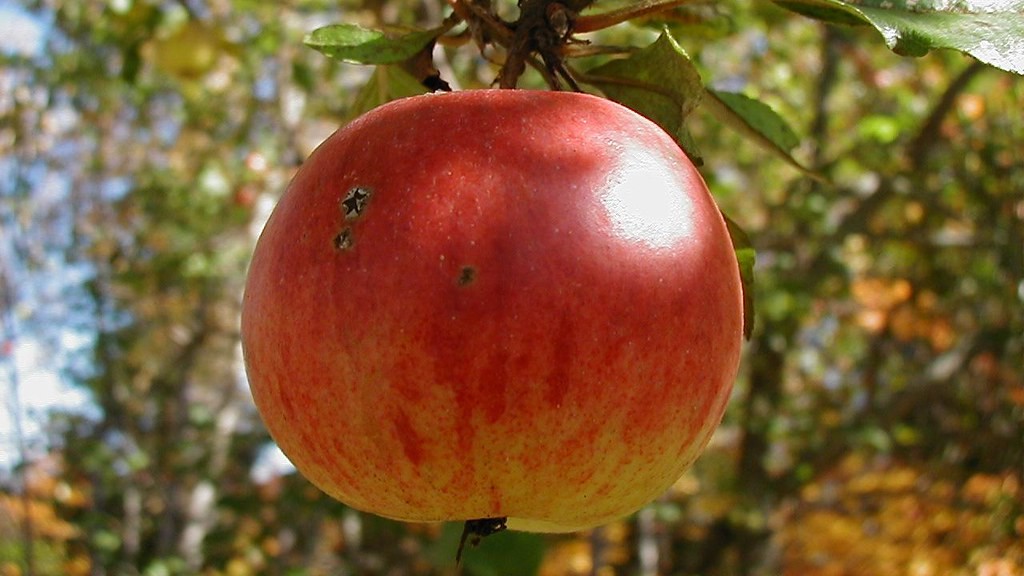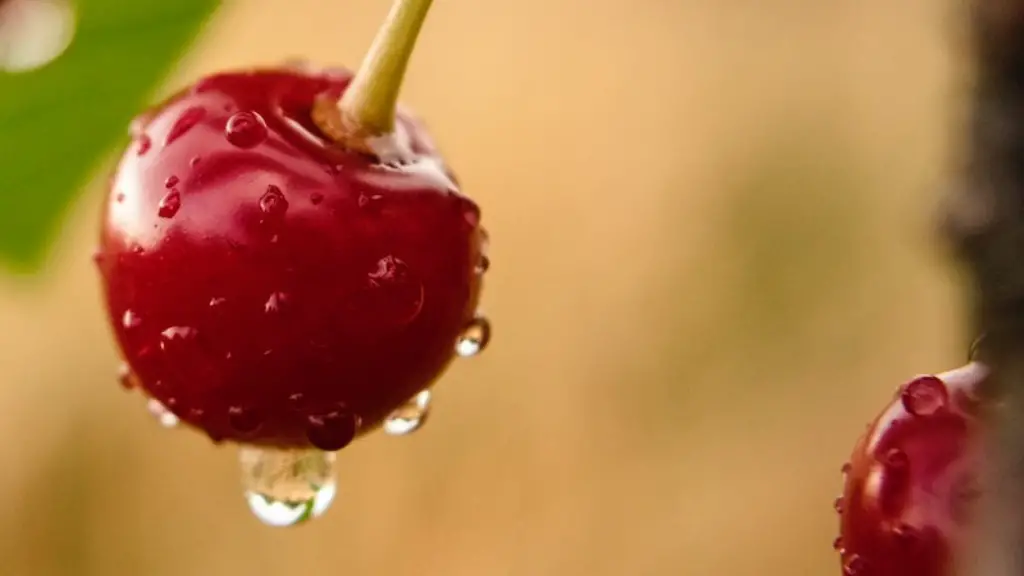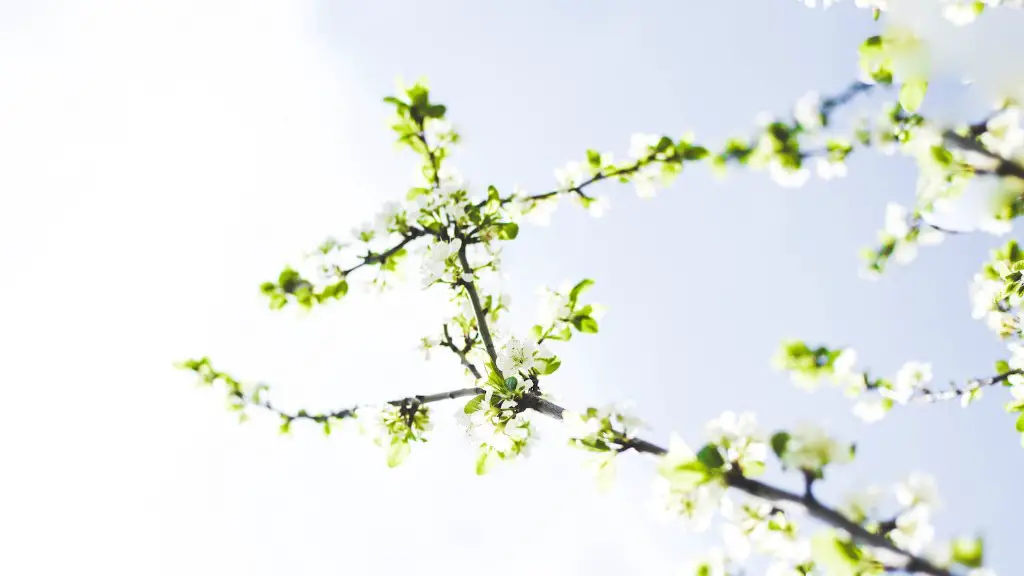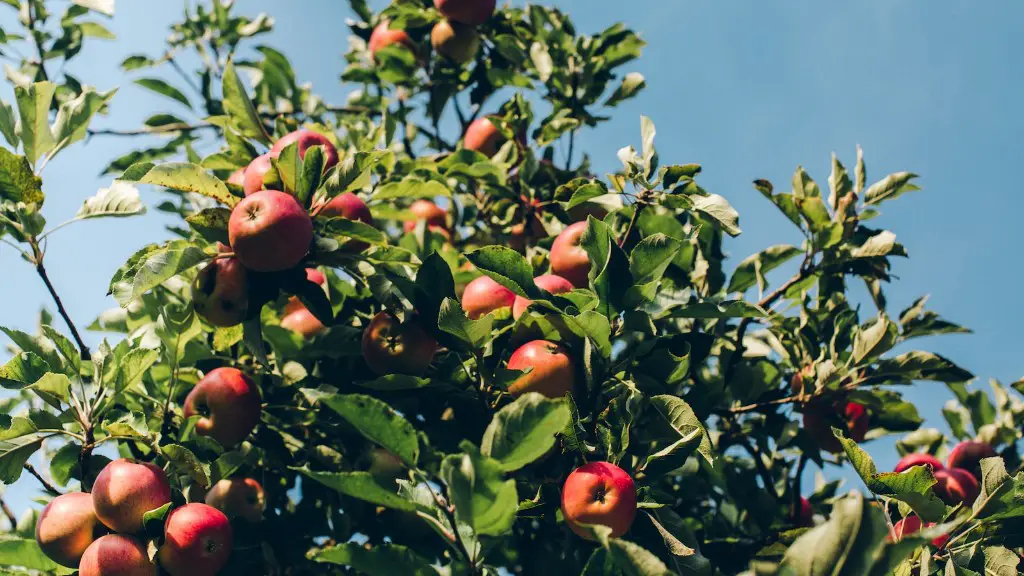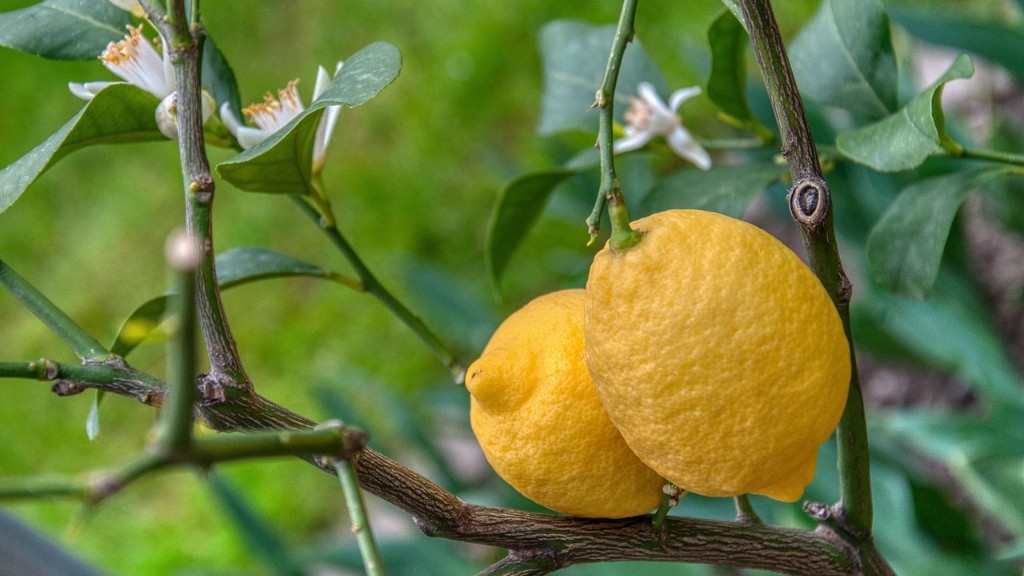What’s Eating the Leaves on My Lemon Tree?
Lemon trees are a popular and relatively low maintenance plant, so the frustration of finding their leaves damaged can be disheartening. So, what’s eating the leaves on my lemon tree? There are a few possibilities. Pests, disease, environmental factors and even too much fertilizer can all cause damage. To prevent further harm and promote healthy growth, it’s important to figure out why the leaves are being eaten.
The first step is to identify the damage. Insects, mites and other crawling pests can all damage a lemon tree, leaving marks on the leaves or holes in them. Fungi and bacteria can cause discoloration, or can stunt the growth of young leaves. Copper deficiency, or too much water, can also manifest as an abnormal leaf color.
If the leaves appear to be eaten, it’s worth inspecting the tree to uncover what could be causing the problem. Tiny, white insect eggs and small mites are easy to spot. They can be treated by spraying the tree with insecticidal soap or rubbing alcohol, although it’s better to call a pest control specialist if multiple trees are affected.
If no pests seem to be present, look for any damage to the bark. Canker diseases are common on lemon trees and present as diseased or cracked bark. These need to be treated with fungicides or herbicides, or some physical pruning might be needed.
Furthermore, too much or too little fertilizer can also make a lemon leaf turn yellow or brown and become distorted. This can be caused by adding too much fertilizer—especially nitrogen—or by not watering deeply enough or often enough. Adjusting the amount or type of fertilizer or the watering schedule might help.
Finally, environmental factors such as intense sunlight, wind and temperature can have a negative effect on growth. If a lemon tree is not planted in the right conditions or provided enough shade or protection from the wind, it can suffer. Placing the tree in a more suitable location might be necessary.
Pests
Pests can be the main culprit when it comes to damaged lemon leaves. They are easily identifiable, as they leave telltale signs on the leaves and behind on the bark, like tiny white eggs and mites. A mixture of insecticidal soaps and rubbing alcohol can be used to combat pest infestations. However, if multiple trees are affected, it’s best to call a pest control specialist.
Common pests include aphids, mealybugs, and scales, which can suck out the essential juices from the leaves and distort their shape. Different beetles can also chew away at the leaves, leaving noticeable holes in their wake. Furthermore, fungus and spider mites may inhabit the bark, leaving scars and dark spots on the underside of a lemon leaf.
The best way to avoid pest infestations is to keep the trees healthy and well-maintained. Thoroughly water them on a regular basis, but not too often so that the dirt doesn’t become waterlogged. Prune the branches if necessary, but only to get rid of damaged branches and manipulate the growth of the tree.
Furthermore, fertilize the tree with a balanced fertilizer and make sure that the surrounding soil is aerated. And, if possible, introduce beneficial insects, such as ladybugs, to the tree. Finally, avoid using chemical treatments unless absolutely necessary.
Fungi and Bacteria
Fungi and bacteria can also cause damage to lemon trees, with symptoms often presenting as discolored or wilted leaves, stunted growth in young leaves, or an affected bark. With fungal diseases, the leaves tend to become yellow or brown, and the dark spots that these fungi leave behind can become targets for other pests.
Fungal diseases typically appear when the tree is damaged or weakened in some way, like if it is stressed from too little or too much water, or fertilizer. To fight back, pruning or removing affected branches is essential. It is also important to adjust the fertilization or watering schedule if needed.
In the case of bacterial diseases, the bark may become diseased or crack, and a yellow or brown tinge may appear. Sticky, transparent exudates may also appear on the leaves and might attract ants or other insects. Adding copper sulfate or fertilizer to the soil can sometimes slow the effects, but it may not always work.
The best methods of treatment involve identifying the bacteria causing the problem and then using a specific treatment to target that one. Therefore, it is usually best to contact a professional arborist to identify the source of the problem and to figure out the best way to deal with it.
Environmental Factors
Environmental factors, such as intense sunlight, wind and temperature, can also be damaging to a lemon tree. Too little water can cause the leaves to become dry and wilted, whereas too much water leads to waterlogged soil and root rot. If the tree is planted in the wrong place and experiences extreme heat or cold, it can suffer as a result.
In order to prevent environmental damage, it is important to keep an eye on the amount and type of light, wind and temperature the tree is receiving. It might be necessary to move the tree to a shadier or more sheltered location if it is affected by extreme weather or cold nights.
Pruning may also be necessary if the tree is too close to a neighbor’s property or a structure that limits the light coming in. Furthermore, the type of fertilizer and the amount used can affect the health of the tree, so it is important to ensure a balanced dose is maintained for the best outcome. Finally, it is essential to keep the soil aerated to prevent root rot.
Nutrient Deficiencies
Nutrient deficiencies can also manifest as leaf damage. A lack of copper can cause discoloration and stunted growth in young leaves, while a lack of nitrogen will lead to an overall yellow-green color, and the leaves may become distorted. Furthermore, an excess of fertilizer can lead to an abnormal yellow-green color, abnormal growth, and possibly disfiguration of the leaves.
Determining which nutrients the tree needs is the first step to correcting nutrient deficiency problems. If the tree is too low in nitrogen, adding a fertilizer that is high in nitrogen will help. However, if the nitrogen levels are too high, a fertilizer that is low in nitrogen should be used. Furthermore, the amount of fertilizer that is added to the soil should be based on the soil’s existing nutrient levels.
In order to prevent deficiencies, it is important to check the PH level of the soil, water regularly, and only use the correct amount of fertilizer. It is also beneficial to add compost or other organic matter to the soil to ensure that the tree can access enough nutrients. And, if possible, adding liquid seaweed, citrus or vegetable foods may also improve the soil’s nutrient content.
Too Much Water
If the lemon tree is receiving too much water, it can suffer from root rot, and the leaves can become yellow or brown and diseased. The soil may become waterlogged, and the roots may become stunted and damaged. Therefore, it is important to water the tree deeply and in the right amount, depending on the tree’s size and the type of soil it is in.
The first step is to check the soil’s moisture levels. A soil sample should be taken and checked for waterlogging on a regular basis. If the soil is waterlogged, it may be necessary to let it dry out between watering sessions. Furthermore, if the soil is not draining properly, it might be necessary to adjust the soil composition or to move the tree to an area with better drainage.
It is also essential to water the tree deeply and regularly. The tree should be watered at the base of the trunk, not around its circumference. Furthermore, the water should be allowed to soak into the soil before it is watered again. Furthermore, adding mulch or other organic matter to the soil might also help retain moisture.
Finally, keep an eye on the temperature and humidity levels, as the amount of water needs to be adjusted according to these two factors. For example, if it is hotter and dryer than usual, the tree will need more water than normal. Conversely, if it is cooler and wetter, the tree should be watered less often.
